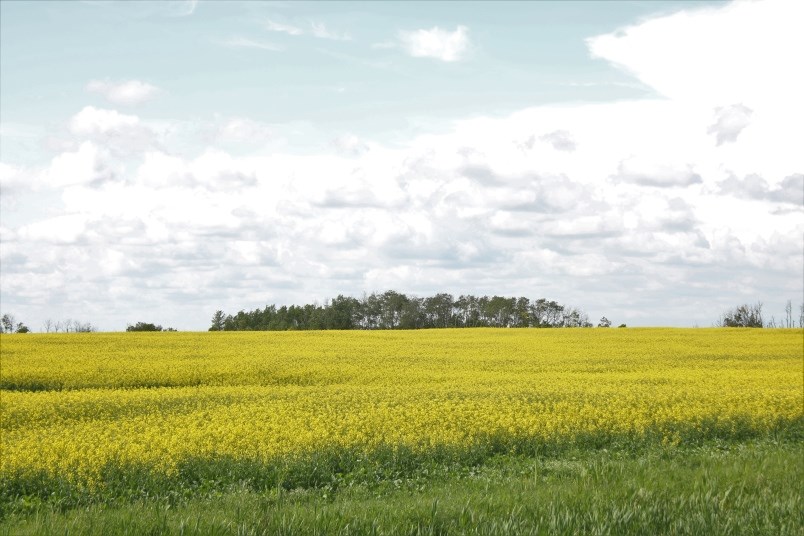YORKTON - Scientific research is a key to our future in almost any area you wish to point to, and that most certainly includes agriculture.
But there are two huge questions related to ag research; who will supply the dollars, and who sets the agenda regarding what should be researched.
In general terms there are three general funding sources; producers themselves – money generally collected as a levy on sales, corporate investment and government dollars.
It’s an interesting cocktail of funding dollars with the potential for significantly different views of what those dollars should be spent on in terms of research.
First comes producer dollars. There you will at least generally find some consensus – at least within a particular commodity group – about what needs to be researched but they are not always paying the largest portion of the bill to have the final say.
That’s where the other funding sources come into play.
There is always a profit associated with anything a corporation does, and while at times those efforts can be in lockstep with producer needs, it will ultimately be about adding to the corporate bottom line before that of the farmer.
And, that leaves government dollars, which can come with their own strings attached.
With government – any and all stripes of government – have political agendas and those are often reflected in where dollars go.
At times the agenda is also influenced by the general public in the sense government dollars come from all taxpayers, the vast majority well-removed from the day-to-day activities of farming.
A taxpaying voter in Toronto has little chance of knowing about the potential impact of blackleg on canola production, but they are aware of the aura of climate change. An MP in a large metro city can ‘sell’ investing in research to help agriculture producers adapt to climate change far more easily.
From a producer perspective the impact of blackleg – again as an example – is more directly understood as a threat. Canola is the big dollar crop and anything that can reduce yields is a threat to profitability.
Climate change is far different.
Some see it as a great mirage with scientists and politicians around the world forming a grand cabal to fleece the public.
Others see climate change as a natural occurrence that is simply going through another cycle – which it might be – but still leaves the question how we adapt because there are far more mouths to feed now.
Still others are willing to kick-the-can of climate change down the road, leaving it to others.
Suddenly research funding becomes far more complicated because there is never enough money to do everything, and which is the best path depends largely on who you might ask.






